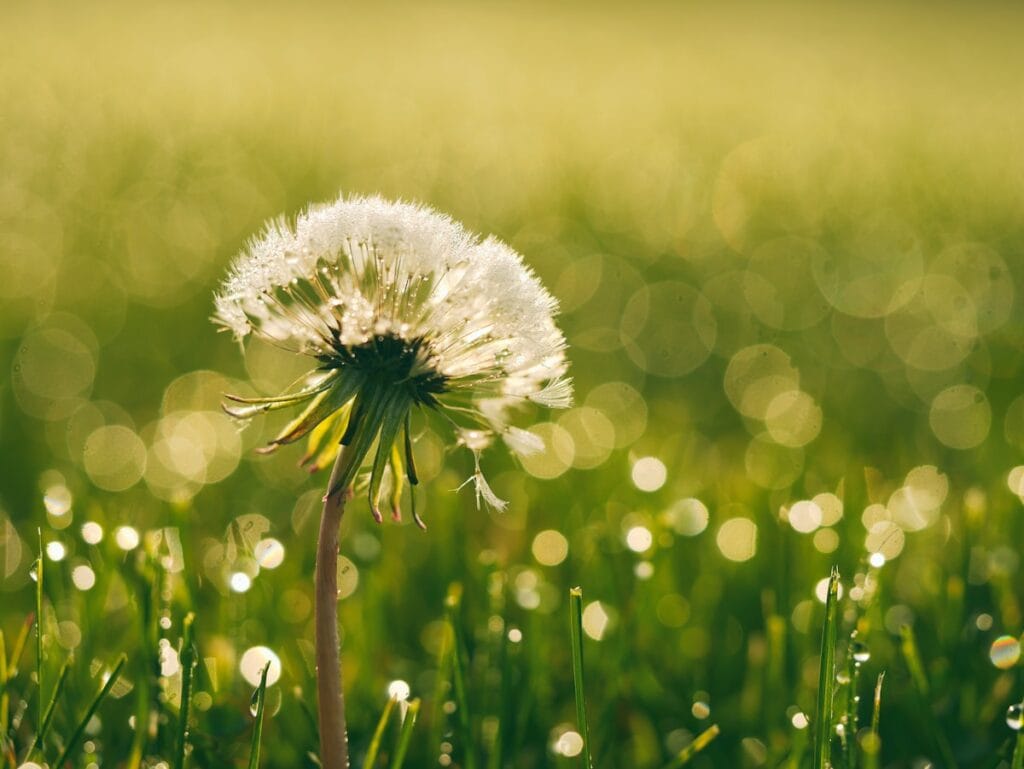The Emotional Impact of Colour & The Science Behind What You Feel
Most of us think of colour as something we see but science shows that colour is also something we physically respond to. We break down the emotional impact of colour and the science behind what you feel.

Have you ever walked into a room and instantly felt calm? Or worn a bright red dress and felt inexplicably powerful? That’s not an accident. Colour is one of the most underestimated emotional triggers in your everyday life, quietly influencing your mood, behaviour and even your confidence without you ever realising it.
The Psychology of Colour: What Happens in the Brain?
We all have a relationship with colour that runs deeper than style or personal taste. Colour is one of the first ways human beings learned to interpret the world. Long before language, before reason, colour signalled safety, danger, nourishment, or calm.
Science has long backed what many designers, stylists and artists have instinctively known: colour speaks directly to the part of your brain that processes emotion bypassing logic altogether.

Colour perception begins in the eye but ends in the brain. Different colours stimulate different responses in the hypothalamus, the part of our brain linked to hormones, emotional responses and energy levels.
When you see colour, you don’t just see it, you feel it.
- Red can increase heart rate and create a sense of urgency or passion.
- Blue slows the pulse, encouraging calm and trust.
- Yellow stimulates optimism and creativity but in large doses can create anxiety.
- Green creates balance, restfulness and renewal. This is the colour most associated with nature and recovery.
- Purple is historically linked with spirituality, creativity and luxury.
- Black signals sophistication, strength or. sometimes, secrecy.
- White evokes clarity, simplicity and peace.

Your response to colour is biological. Colour wavelengths even affect the production of melatonin (our sleep hormone) and cortisol (our stress hormone).
Most of us think of colour as something we see but science shows that colour is also something we physically respond to. Colour is essentially light and light travels in wavelengths. Different colours vibrate at different frequencies and these frequencies don’t just affect your eyes, they influence your body chemistry.
Most women curate their wardrobes or home décor based on what looks good. But the science of colour invites us to ask a different question: How do I want to feel?
- Feeling anxious? Surround yourself with soft greens or ocean blues.
- Need energy? Add splashes of yellow or coral to your workspace.
- Craving confidence? A bold red lipstick or dress might do more for you than another cup of coffee.
It’s no coincidence that brands, hospitals and even luxury hotels hire colour psychologists to design spaces that subtly influence your behaviour.
Your Personal Colour Medicine Cabinet
The colours you choose to live with every day, from the colour in your bedroom, what you watch on your screens and what you pick from your wardrobe in the morning, are influencing your mood and quietly shaping your hormones, your sleep, your stress levels and how you feel in your own skin.
- → Feeling anxious or overwhelmed?
Turn to soft greens, gentle blues, and earthy neutrals. These colours calm the nervous system and ground you. - → Feeling invisible or low in confidence?
Experiment with bold reds, vibrant pinks, or bright corals — even in small doses like a lipstick, scarf, or earrings. Red is the colour of courage, presence, and vitality. - → Feeling emotionally drained?
Warm golden tones, yellows, and soft peach shades can offer emotional warmth, optimism, and a subtle energy boost. - → Needing stillness or space?
Pale lilacs, muted greys, and soft whites can create a feeling of spaciousness and clarity.
Colour and Memory: The Emotional Trigger

Studies show that we remember colourful experiences more vividly than neutral ones. Colour can act like an emotional bookmark, anchoring memories to a mood. Think of the yellow kitchen from your grandmother’s house or the calming pale blue of a summer holiday bedroom.
Curating Colour For Your Life
We often think of self-care as bubble baths, meditation or switching off our phones, but what if self-care could also be something as simple, powerful and immediate as colour? The colours you choose to surround yourself with, in your home, in your clothes, even in the objects you use every day, have a silent influence over how safe, strong, calm, or energised you feel. This is emotional self-care at its most personal.
You might think that you are following trends or what’s ‘in fashion’ but in reality is your need to becoming fluent in the quiet language of colour and using it to nourish your emotional wellbeing, every single day. When you understand your personal colour choices it can become a tool for emotional self-care:
- Create a ‘calm corner’ at home in greens and neutrals.
- Wear power colours when you need courage.
- Use warm tones for social gatherings.
- Let soft blues and lavenders wind you down at night.
Colour Is Personal Energy
The colours you are surrounded by can impact the delicate balance of two of your most important hormones: melatonin and cortisol. Fashion, interiors and beauty are defining emotions. Colour has the power to uplift you, ground you, energise you, or soothe you. The colour you choose is not only impacting the aesthetics around you, but fuels an internal emotional chemistry. Next time you reach for that grey sweater or choose a black pair of shoes, pause and ask: What do I want to feel today? Colour is not just something you see but something you feel.
Do you want to share your story and inspire our readers ? Know that YOUR EXPERTISE is paving the way for a fairer, happier society.




